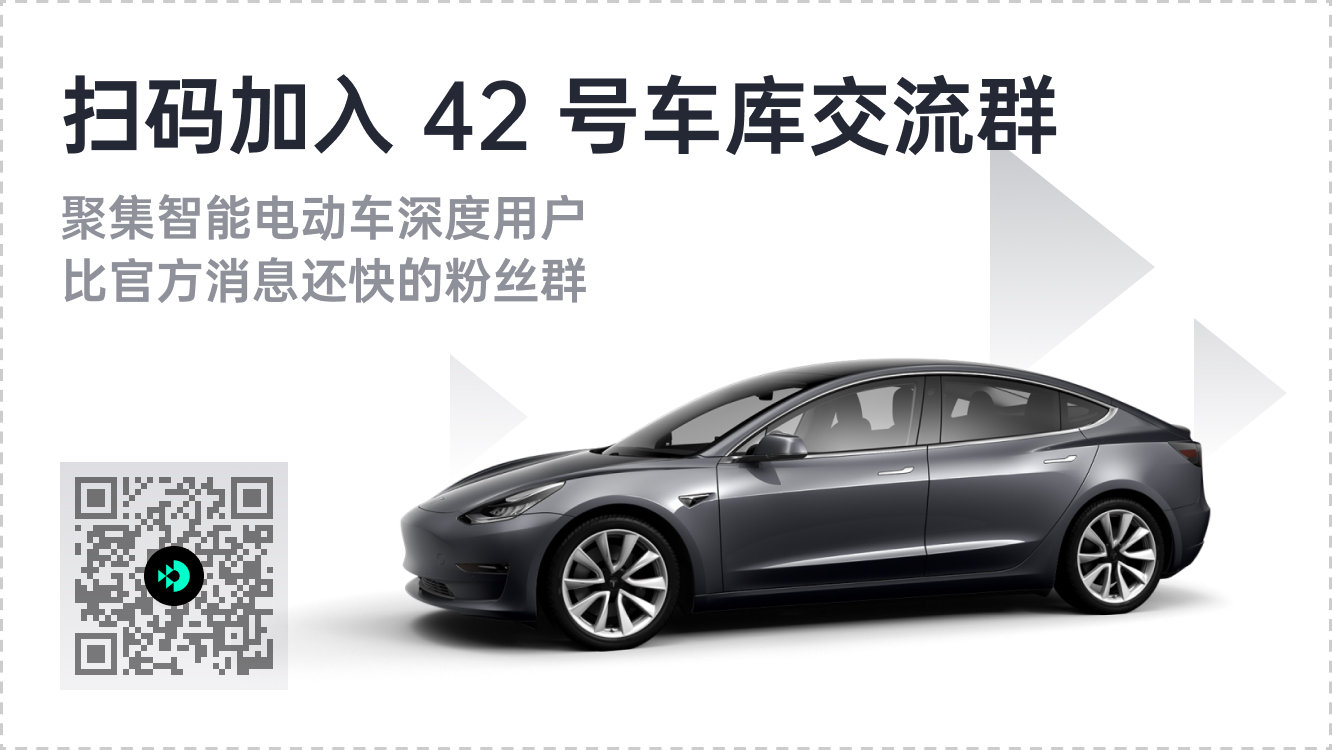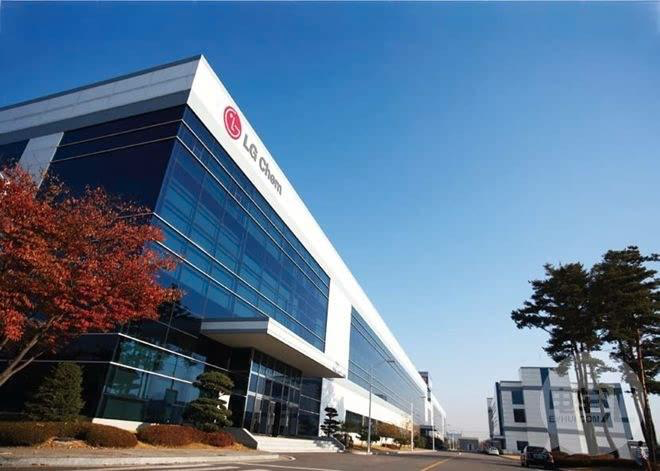LG Chem’s Sprinting Mode
LG Chem currently has orders worth 150 trillion won ($125 billion) and over the next five years, the company will be busy expanding its production capacity.
LG Chem currently controls about a quarter of the global market share and is continuously expanding its production capacity to meet the surge in orders caused by stricter environmental regulations in Europe and China.
Under China’s lenient policies and the upward trend of new energy vehicles worldwide, LG Chem has once again surpassed Contemporary Amperex Technology (CATL) to become the world’s number one.
LG Chem’s CEO, Shin Hak-cheol, speaks out
“We have passed the epidemic relatively stably because demand for our products continues to grow despite lockdowns being implemented everywhere. We need to expand our production capacity to meet the backlog of orders.” said Shin Hak-cheol, CEO of LG Chem.
According to SNE Research, although global electric vehicle battery sales fell 24% in the first 5 months of this year due to the epidemic, sales of LG Chem increased by 70% due to the popular Tesla Model 3, Renault Zoe and Audi e-tron.
LG Chem’s market share has surged from last year’s 10.8% to 24.2% this year, surpassing CATL’s 22.3% and Panasonic’s 21.4%. Over the past 4 months, LG Chem’s stock price has risen by more than 50%, reaching its highest level in nearly a decade.
Shin Hak-cheol expects: “The global electric vehicle market will grow at a rate of about 35% per year, and by 2024, the share of electric vehicles in the global automotive market will rise from 2.8% last year to as high as 15%.”
“Driven by stricter environmental regulations and emission standards in Europe and China, the electric vehicle market will grow rapidly. Europe and China are expected to account for 70% of the global electric vehicle market.”
Although the outbreak of the epidemic forced LG Chem to cut capital spending by 9% to about 6 trillion won this year, the company plans to increase capital spending next year, with about 60% of it being invested in battery business. Based on the backlog of orders, this money will mainly be spent on factory construction.
Shin Hak-cheol said LG Chem plans to invest 1.3 trillion won ($1.07 billion) in R&D this year, accounting for about 4% of sales, with about 40% of it being used for EV battery R&D, which is also the largest amount ever invested in R&D by LG Chem.
LG Chem’s localized supply chain system established worldwide has been an essential support for its successful performance during the epidemic period.Apart from domestic factories, the company also has factories in China, Poland, and Michigan, USA, and is currently building a factory in Ohio to supply General Motors (GM).
This means that establishing global factories can not only increase production capacity but also address factory shutdown issues due to force majeure in a single country.
Xin Xuezhe, CEO of LG Chem, said:
“At this critical moment, our regional manufacturing centers are playing an important role. We have almost no shutdowns, and our raw material supply is sufficient. We have a joint venture with Geely in China, and this year we also began supplying batteries to Tesla’s new factory in Shanghai. Moreover, for the first time since 2015, electric vehicles using foreign batteries have received subsidies in China.”
“Our Chinese competitors have higher sales and lower prices, but we are still leading in technology, at least one or two years ahead. Technological development is our lifeline, and we will continue to increase investment in technological advantage.”
The Increasing Pressure on CATL
Contemporary Amperex Technology (CATL) is an overnight star in the field of power batteries, with an absolute leading position in the Chinese power battery field.
According to GGII data, CATL has an absolute advantage as the company with the highest sales volume in June, with a sales volume of 2.29GWh, accounting for 48.78% of the market share, firmly occupying the first place in China’s power battery shipments.
However, with Japanese and South Korean battery manufacturers accelerating their entry into the Chinese market, the pressure on CATL from LG will continue to increase. As China’s largest power battery supplier, CATL holds a vast majority of the market share, but it is also affected by the industry downturn.

According to CATL’s Q1 report for 2020, its revenue in Q1 2020 decreased by 9.53% compared with the same period of the previous year, and net profit attributable to shareholders of the listed company also decreased by 29.14%. At the same time, CATL’s gross profit margin has been declining since 2016, and the Q1 2020 report also mentions the risk of a declining gross profit margin.

While CATL has competitors like LG in the battery technology field, to look at the entire market, especially with foreign automakers continuously acquiring Chinese battery companies, it is not an exaggeration to say that CATL is facing enemies on all sides.The competition in the Chinese power battery industry is far from over. Previously, Volkswagen invested approximately 1.1 billion euros to acquire Guoxuan High-tech. Many insiders believe that Guoxuan High-tech, backed by Volkswagen, is likely to change the existing domestic power battery industry landscape.

Volkswagen chose to acquire Guoxuan High-tech, while Daimler subscribed to about 3% of the shares of Funeng Technology with a total amount of about 904.5 million yuan to meet the future power battery supply in the Chinese market.
This undoubtedly adds uncertainty to the Chinese power battery field. BYD batteries can be self-sufficient (after all, they have vehicle production), Guoxuan High-tech has Volkswagen, and Volkswagen is expected to sell 1.5 million new energy vehicles by 2025, while Funeng Technology is temporarily established in the market by binding with Daimler.

On the other hand, although CATL is still the top-ranked enterprise in the Chinese power battery industry, cooperating with customers involving major automobile companies at home and abroad, there is no vehicle manufacturer deeply bound with it, which means there may be potential competition risks for CATL in the later stage.
Although Honda has subscribed to shares of CATL, whether it can form a close relationship with a vehicle manufacturer is uncertain due to CATL’s own size. Vehicle manufacturers hope to control the battery manufacturers, but CATL may not give them the opportunity. In contrast, vehicle manufacturers need battery independence, which poses a natural contradiction.
In the short term of establishing joint ventures, the relationship between vehicle manufacturers and battery manufacturers seems to be mutually beneficial. However, in the long run, this kind of relationship is very unstable, especially with the deepening of the industry, the leading technology, as well as the ability to reduce costs.
However, CATL obtaining Honda as a customer can release a positive signal to the market, indicating that CATL still has major advantages in the Chinese power battery field.

This article is a translation by ChatGPT of a Chinese report from 42HOW. If you have any questions about it, please email bd@42how.com.
